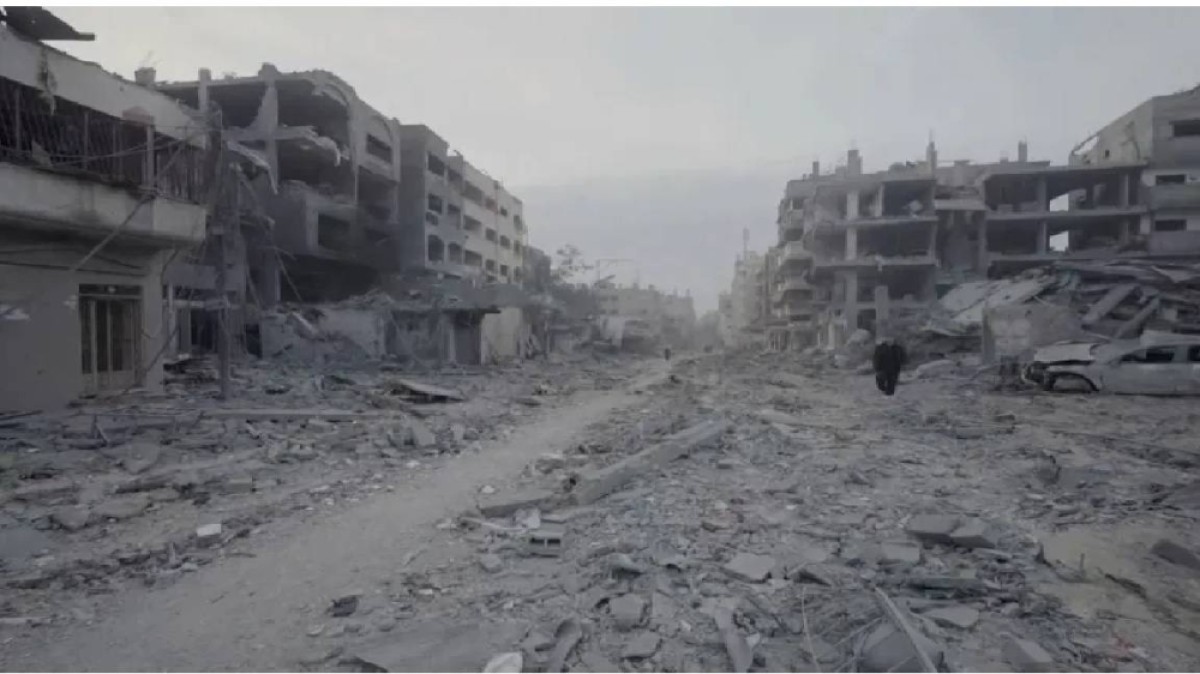70% of Gaza’s homes were destroyed... and reconstruction exceeds 3 billion


The American newspaper “The Wall Street Journal” described the devastation caused by the Israeli aggression on Gaza as comparable to the most destructive campaign in modern history.
It revealed in a report that Israel dropped 29,000 bombs, destroying about 70% of the homes in the Strip, stressing that the bombing caused damage to Byzantine churches, historic mosques, factories, commercial centers, luxury hotels, theaters, and schools.
It confirmed that the bulk of the sector’s water, electricity, communications, and health care infrastructure has become beyond repair. It reported that most of the 36 hospitals have become closed, and treatment is only accepted in 8 hospitals. In addition, the occupation has destroyed olive groves, citrus trees, and greenhouses, which means that almost half of the buildings in Gaza have been damaged or destroyed.
She pointed to the World Bank report, which confirmed that the war destroyed 77% of health facilities, 72% of municipal services such as parks, courts, and libraries, 68% of communications infrastructure, and 76% of commercial sites, including the almost complete destruction of the industrial zone. In the north.
According to the United Nations, about 342 schools were damaged, including 70 private schools, and more than half of the roads. Robert Bibb, a politician at the University of Chicago, said: What you are seeing in Gaza is considered among the highest 25% of intense punishment campaigns in history.
The newspaper reported that Gaza has become similar in its destruction to German cities during World War II. In the north, the focus of the initial Israeli attack, people still there move through rubble-strewn streets past bombed shops and residential buildings. Broken glass is scattered on the ground underfoot, as Israeli marches fly in the sky.
In the south, where more than a million displaced people have fled, Palestinians sleep in the street and burn garbage to cook. According to the United Nations, about 85% of the Strip's population of 2.2 million people have fled their homes, and are now residing in less than two-thirds of the area due to Israeli evacuation orders.
The report accused Israel of destroying historical sites, as it destroyed the Great Al-Omari Mosque, which was an ancient building that was transformed from a church in the fifth century into a mosque, by collapsing its minaret. Last October, the Church of St. Porphyrios, which dates back to the fifth century, was bombed. He stressed that Gaza “is no longer a liveable city.”
He added that any reconstruction would require a whole new system of underground infrastructure, because when the topsoil is attacked, everything that passes through the ground (water, gas, sewage...) is torn apart.
An analysis by The Shelter Cluster stated that rebuilding housing would take 7 to 10 years, if financing is available, and the cost is estimated at about $3.5 billion, not including the cost of providing temporary accommodation.